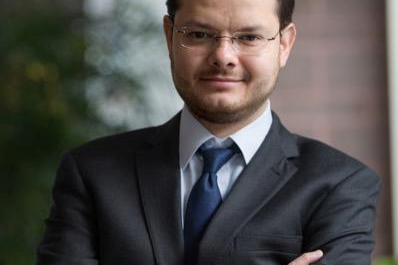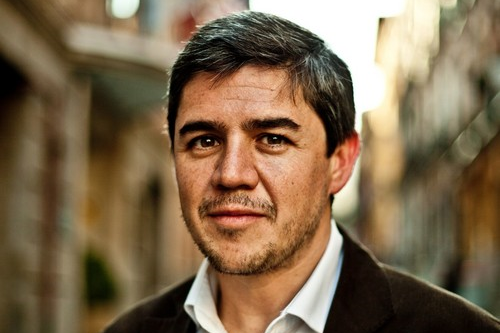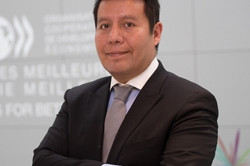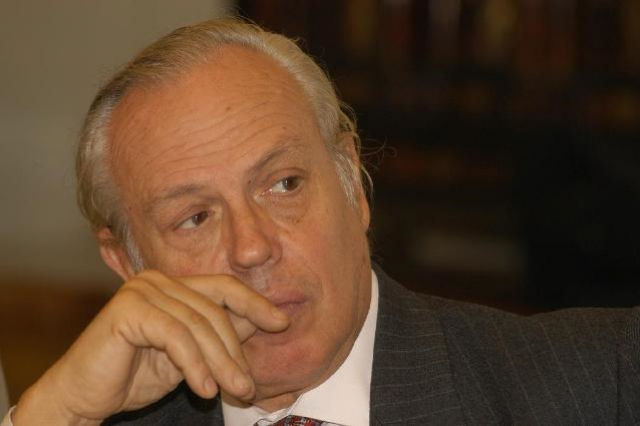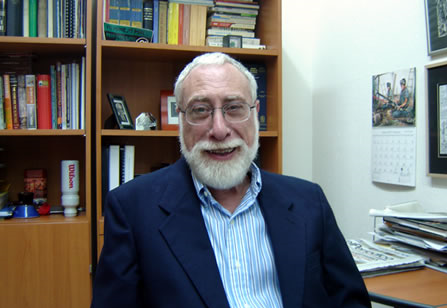
Carlos Sabino. Sociologist and Historian
Like many others, the issue of inequality has its history. Until a few hundred years ago, inequality -the only thing that mattered in reality- was the so-called inequality or difference of conditions. Society was still divided into rigid parts that prevented the mobility of people: you were born a noble or a commoner, Indian, black or mulatto, and you would remain there, in that social strip that had rigid walls, and within which you had to live your whole life. It is not such a bad thing to remember this, because even during much of the twentieth century and in many parts of the world, this situation repeats itself, inherited from ancient times.
Everything was changing -and slowly and in general- and from new ideas that began to spread in the late eighteenth century, that in time acquired the name of liberalism. Everyone was born equal and have the same inalienable rights, they said, and that ideal became so powerful that there are very few who dare to contradict it today. However, having taken this step, their demands became more ambitious. Throughout the last century, the focus was no longer on the conditions in which you were born, rather in economic and social inequality, and the gap between income and opportunities -ever so wide- that exists between individuals in all societies. In a parallel, and perhaps earlier, also the issue of poverty came to the fore, hitherto regarded as natural and inevitable.
Economic inequality, however, has characteristics that differ considerably from the other one against that we fought against in the past, because it not only bring about the situation where each person that comes into this world also depends, in sometimes in no small part, on what each person does to acquire the skills and assets that enable living better. This cannot be annulled through by decree or an absolute law, as was done with the castes in times of independence in Latin America, but is constantly constructed and destroyed, depending on many factors having to do with personal, political and economic circumstances. And it is also much more difficult to assess or measure: how to incorporate into measurement those services and goods in rural or traditional economies that are not traded monetarily? How to take into account, for example, the free time enjoyed by a particular person even though their incomes are lower than another's is? How much value to put on belongings that anyone might have -reaping its benefits- not just cash income? And, of course, other questions even more difficult to answer than the previous ones remain up in the air: to what extent is it "good" or "positive" to eliminate, by any means, the inequality that exists in any given place at any given time? Are existing inequalities within rich societies comparable to those that exist in poorer ones as a whole?
Despite these conceptual complications, economists and sociologists have chosen to develop indices that seek to reflect existing inequalities, although at the cost of greatly simplify what happens in the real world. Surveys that measure, more than anything, liquid monetary income, statistics have been developed which have placed everyone in different sections, and indexes such as the Gini have been made, which try to give us a measure of income inequality within each society. It is in these measures that our region shows alarming figures, showing an inequality greater than that in other parts of the world.
The Latin America case
The purpose of the above discussion is to warn the reader about the necessary vagueness of the measures used to determine the degree of inequality in a society: not just from technical problems arising from the method used to collect data but from more substantive issues, closely linked to the concept itself that is being evaluated. Economic and social inequality is not a simple notion nor is it, of course, an absolute evil that must be eradicated.
In spite of this, you might say, in our continent there is an abysm in income between people, differences, beyond what the statistics tell us, that are obvious to even the most casual observer moral and cause a justifiable discomfort. We now turn to these noting that, in our view, they are produced by two orders of entirely different causes: first that difference might be called natural, based on the skills and attitudes of people, as well as -in no small measure- random and uncontrollable circumstances; but there are other factors that come into play to generate or counteract inequality and that, in general, are activated directly or indirectly by the government, by the State, to be more exact.
In the case of Latin America, we have placed emphasis on redistributive policies that can, at least in a somewhat optimistic view, reduce economic inequalities. There have not been many, nor too bright, the results obtained through transfers of wealth from one social sector to another, and seem to prove the aforementioned statistics. However, little attention has been paid, and this is regrettable, to policies and practices that have caused -quite the contrary- have caused that inequality is still rising in our countries. We offer the reader three of which, in our view, are the main ones:



